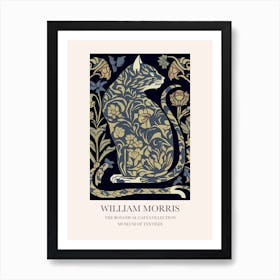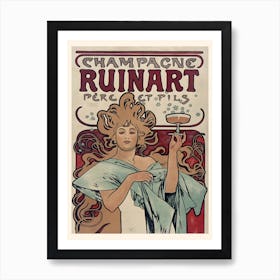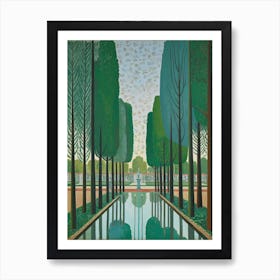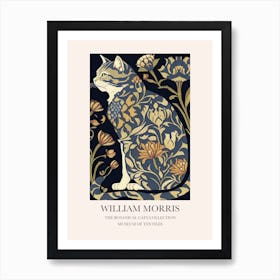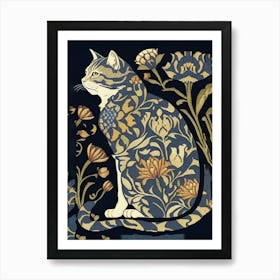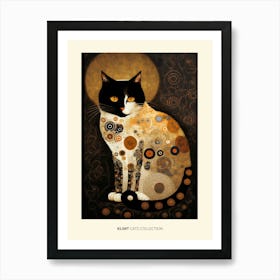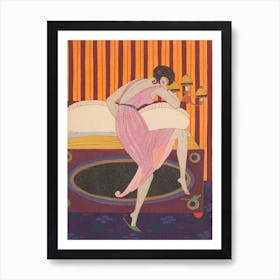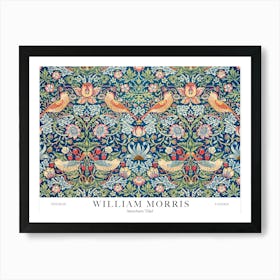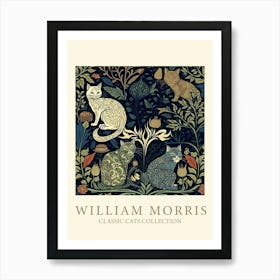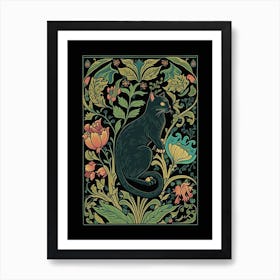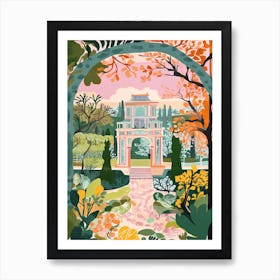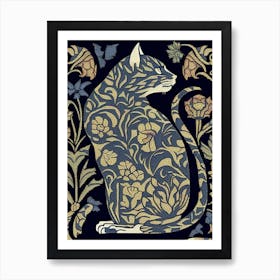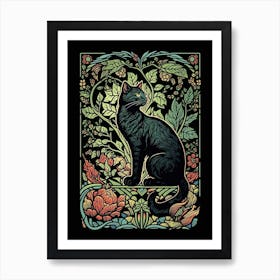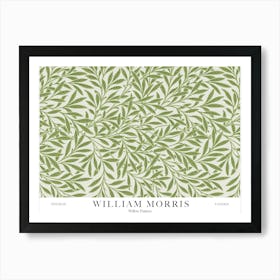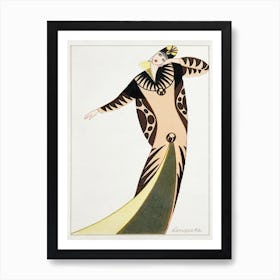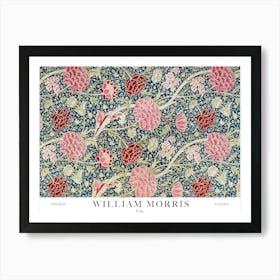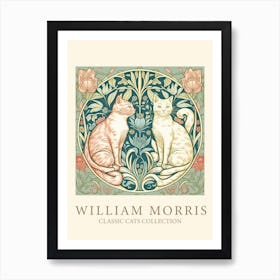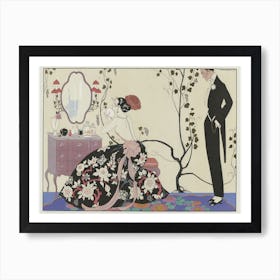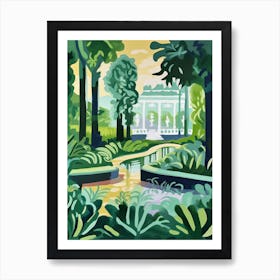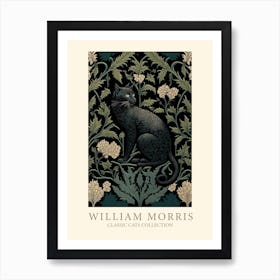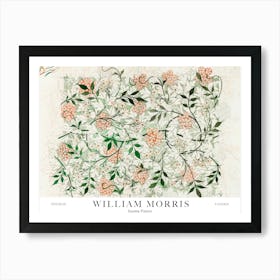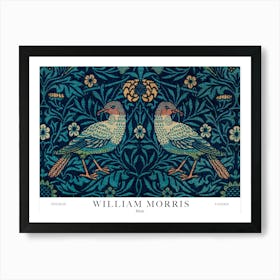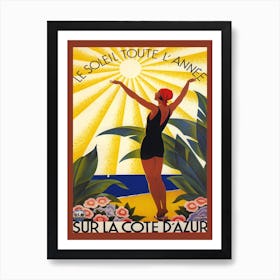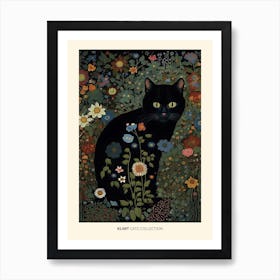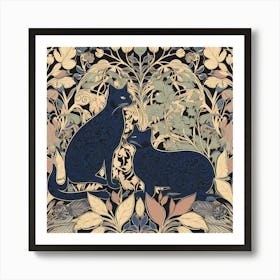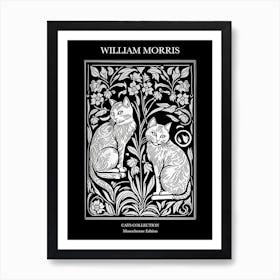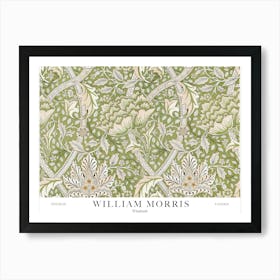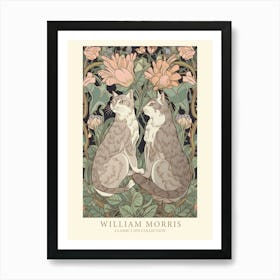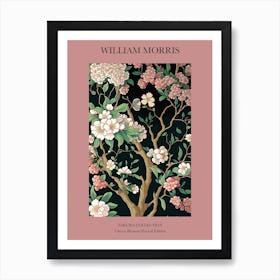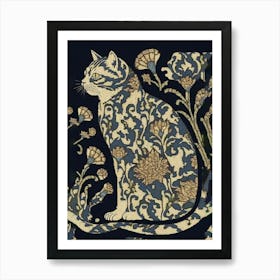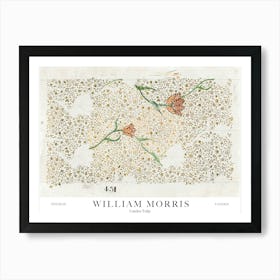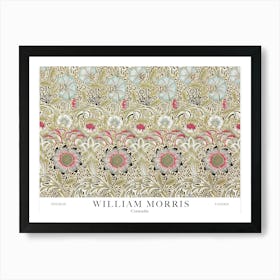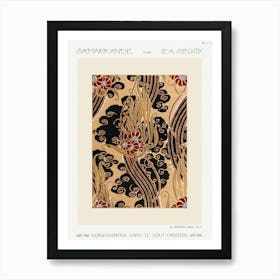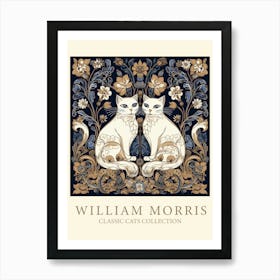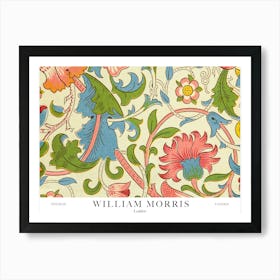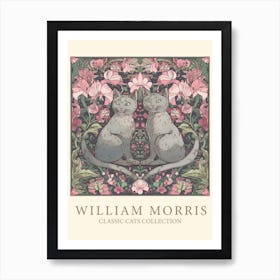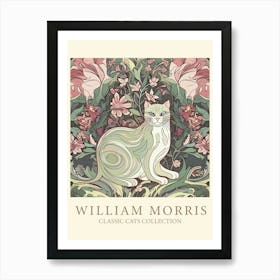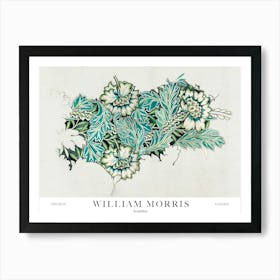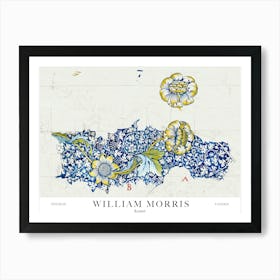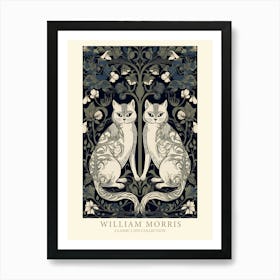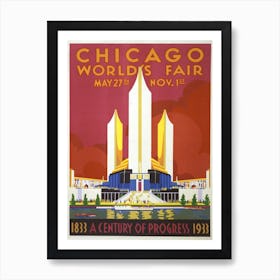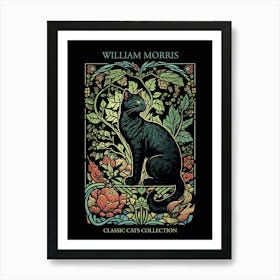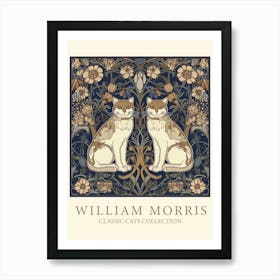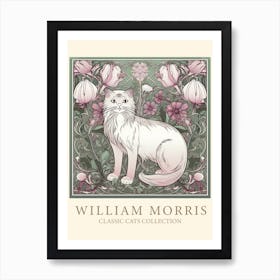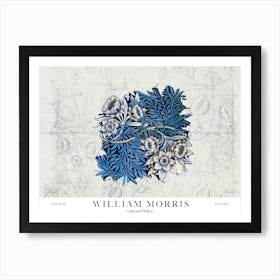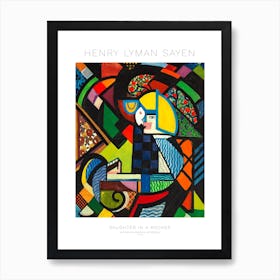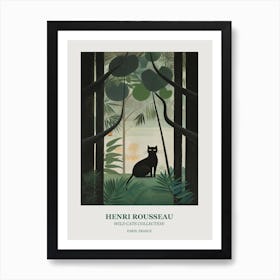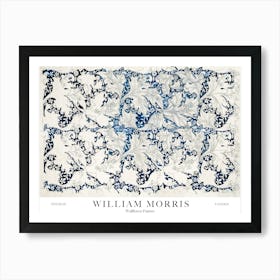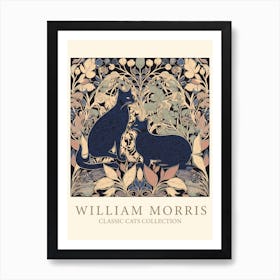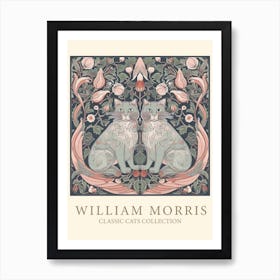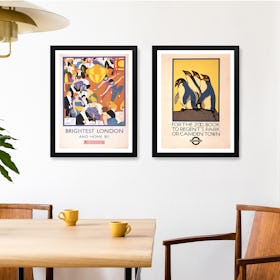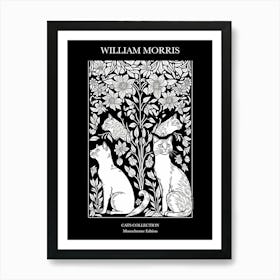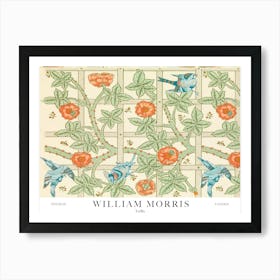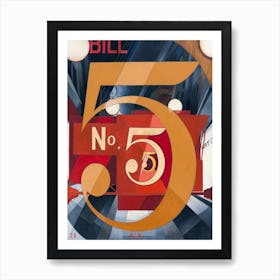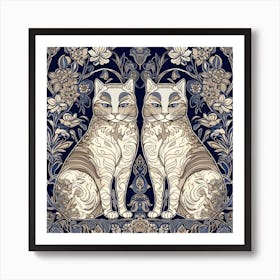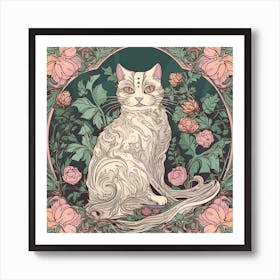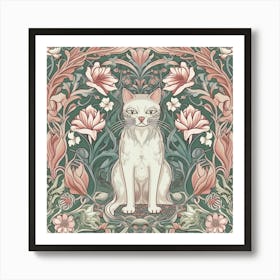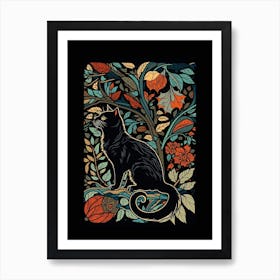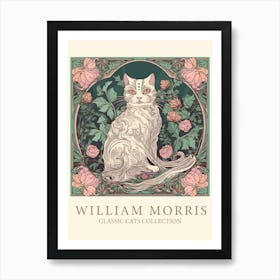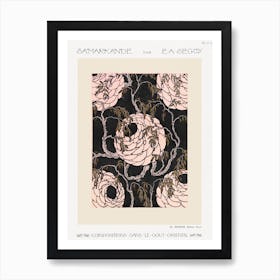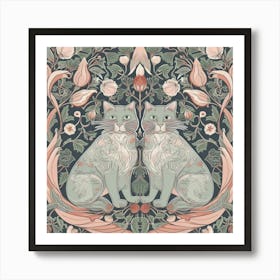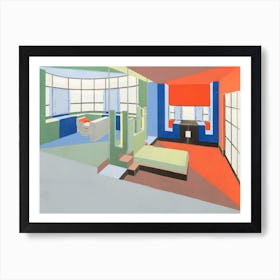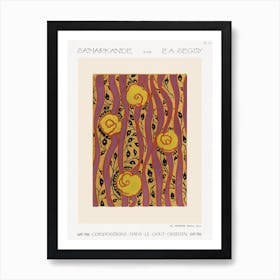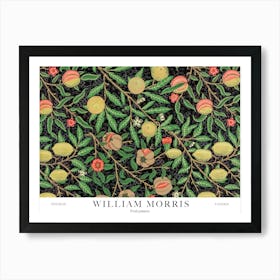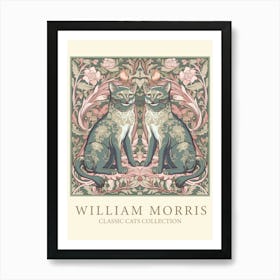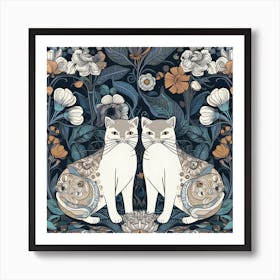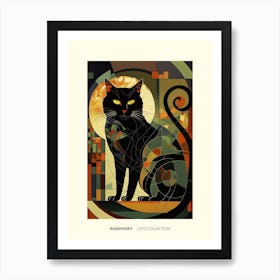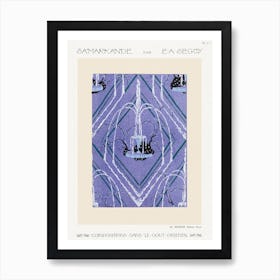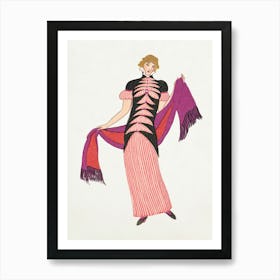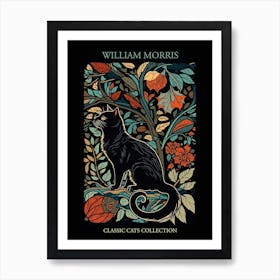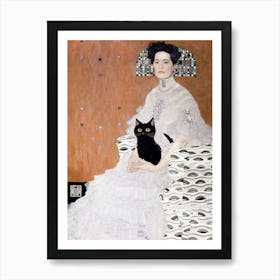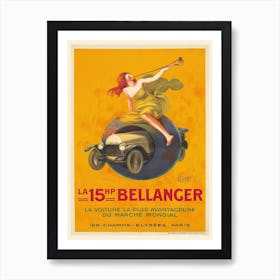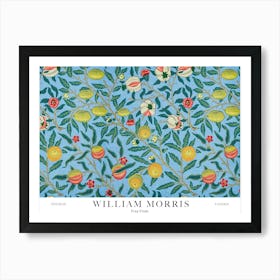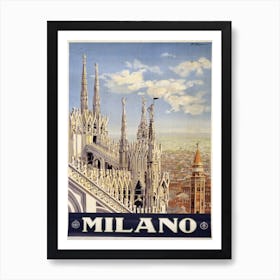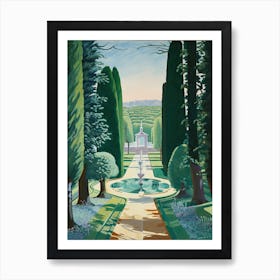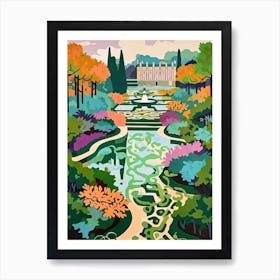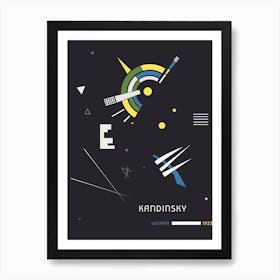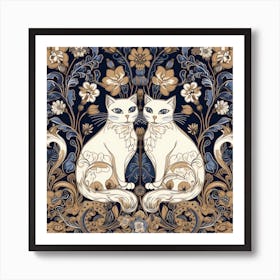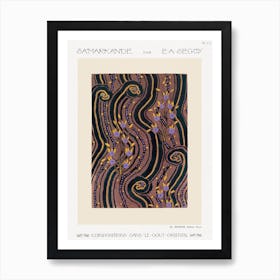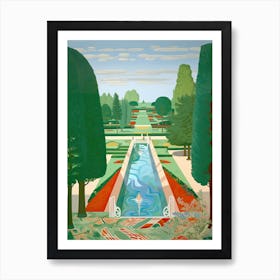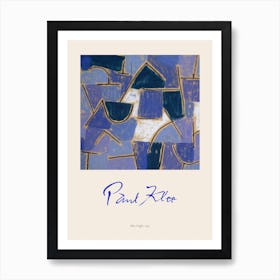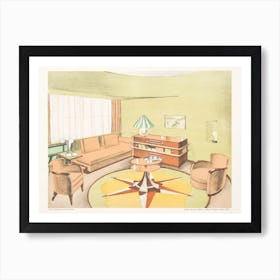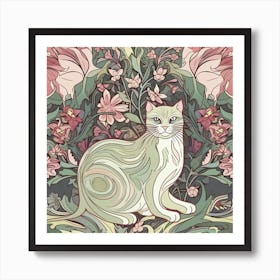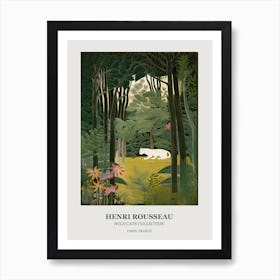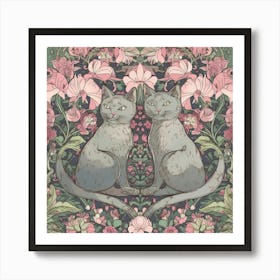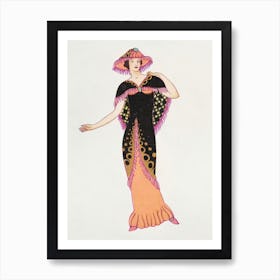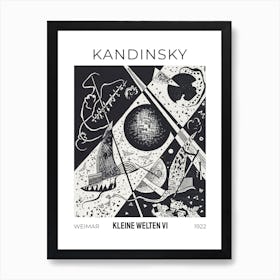Art Deco Posters & Prints
Relive the Elegance and Glamour of the 1920s and 1930s
Discover Fy’s! Collection of Art Deco prints and embrace the modern. Characterised by the bold geometric shapes tied to Cubism and influenced through Viennese Art Nouveau masters such as Gustav Klimt. Its influence was far-reaching through art, architecture, décor and more and these Art Deco prints will bring entertainment and fun to any room.
A partire da $26$19
A partire da $20$15
A partire da $20$15
A partire da $26$19
A partire da $26$19
A partire da $26$19
A partire da $20$15
A partire da $26$19
A partire da $26$19
A partire da $20$15
A partire da $26$19
A partire da $26$19
A partire da $26$19
A partire da $20$15
A partire da $26$19
A partire da $26$19
A partire da $20$15
A partire da $20$15
A partire da $26$19
A partire da $26$19
A partire da $26$19
A partire da $20$15
A partire da $26$19
A partire da $45$34
A partire da $26$19
A partire da $26$19
A partire da $26$19
A partire da $26$19
A partire da $26$19
A partire da $26$19
A partire da $26$19
A partire da $26$19
A partire da $20$15
A partire da $26$19
A partire da $26$19
A partire da $26$19
A partire da $26$19
A partire da $26$19
A partire da $26$19
A partire da $20$15
A partire da $26$19
A partire da $26$19
A partire da $26$19
A partire da $20$15
A partire da $26$19
A partire da $26$19
A partire da $26$19
A partire da $26$19
A partire da $26$19
A partire da $88
A partire da $26$19
A partire da $20$15
A partire da $45$34
A partire da $45$34
A partire da $45$34
A partire da $26$19
A partire da $26$19
A partire da $20$15
A partire da $45$34
A partire da $20$15
A partire da $26$19
A partire da $20$15
A partire da $26$19
A partire da $26$19
A partire da $45$34
A partire da $26$19
A partire da $26$19
A partire da $26$19
A partire da $20$15
A partire da $20$15
A partire da $20$15
A partire da $20$15
A partire da $20$15
A partire da $45$34
A partire da $26$19
A partire da $20$15
A partire da $20$15
A partire da $20$15
A partire da $20$15
A partire da $20$15
A partire da $20$15
A partire da $45$34
A partire da $26$19
A partire da $45$34
A partire da $20$15
A partire da $20$15
Cerchi qualcosa di diverso?
Esplora ricerche correlate
NouveauJapaneseWilliam MorrisGicleeTextileArtfulLouis WainStill LifeDecoBotanicalsWork OfWallpapersNursery DecorImageDesign IdeasIllustrationsPatternsDeco ArtCatsGraphicRetro BotanicalDecorativeBotanical VintageContemporaryAbstract FloralWall MuralFloral LineTapestryDesignsPlaying CardBook CoverWoodcutWhimsicalDesign Mosaic
Frequently asked questions
Popular shops
Wall Art Prints & PostersArt PrintsBedroom Wall ArtKitchen Wall ArtLiving Room Wall ArtAbstract Wall ArtWilliam Morris Art Prints & PostersAnimal Wall ArtBathroom Wall ArtNature Art Prints and PostersArt Prints By RoomDining Room Wall ArtPlants Wall ArtHallway Wall ArtGym Wall ArtGustav Klimt Art Prints & PostersHenri Matisse PrintsClaude Monet Art Prints & PostersPaul Klee Art Prints & Posters

